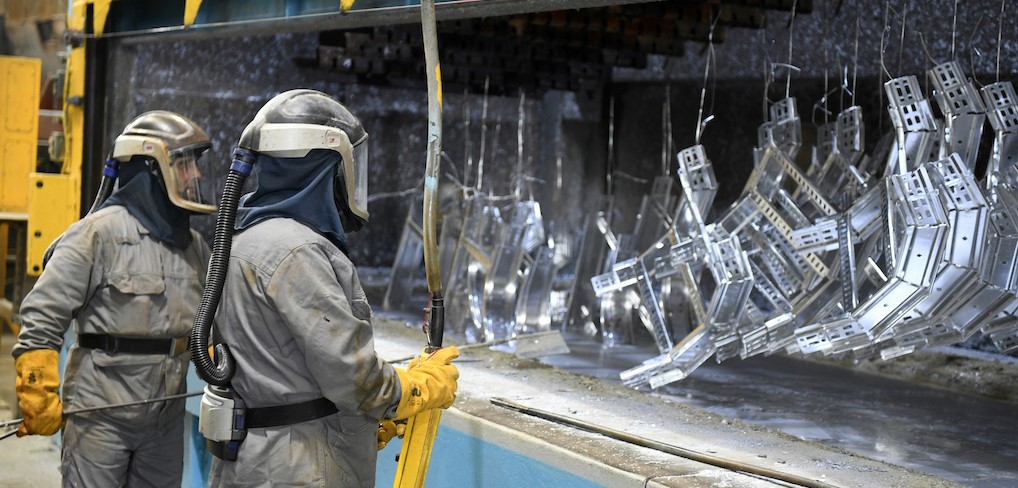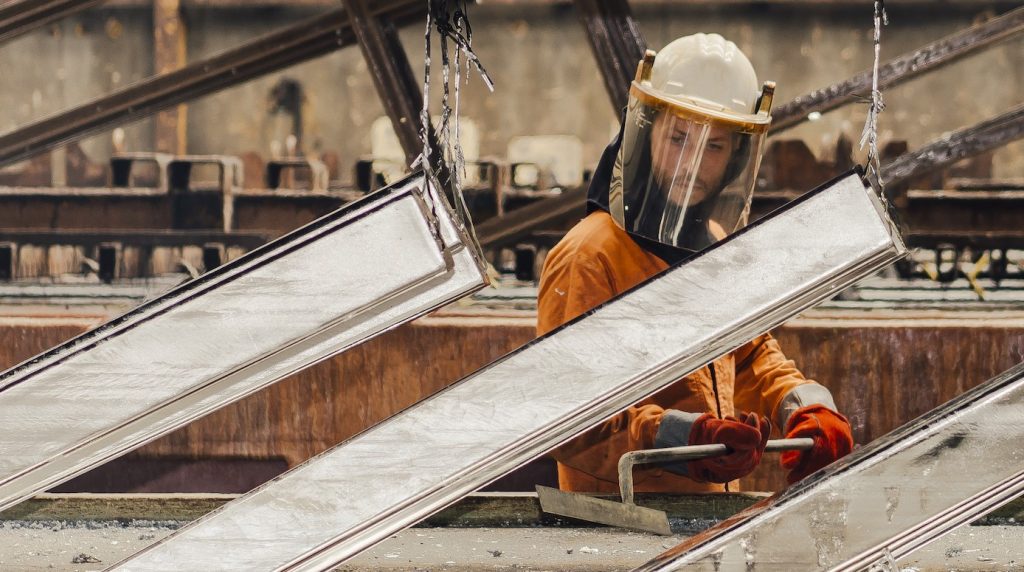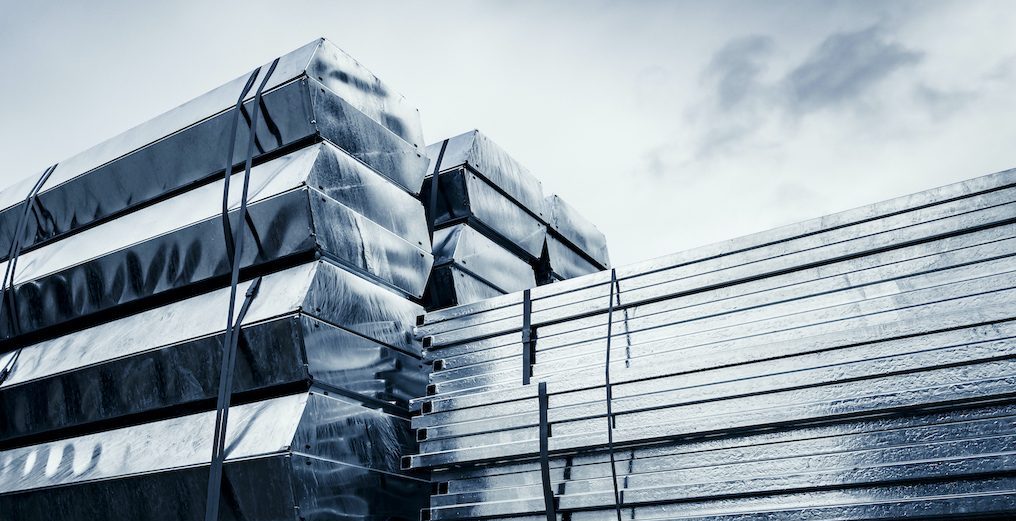Excellent reasons to hot dip galvanize steel
Why should I galvanize my steel?
Galvanizing is a steel protection method used to protect steel against corrosion. However, you may not know why galvanizing is better than alternatives for coating steel. We’ve covered some of the best reasons to galvanize steel here.

Galvanizing saves money
While the initial cost of galvanizing may be more than paint, galvanizing ends up cheaper in the long run. Paint needs to be touched up more frequently because it is less durable than galvanizing, causing you to spend more over time.
According to the Galvanizer’s Association, “Over a 25-year project life, the cost of a ‘cheaper’ paint system is almost 70% more than the cost of galvanizing. Likewise, the cost of a more ‘expensive’ paint system is almost double that of galvanizing.”
Mick Jackson from Joseph Ash Galvanizing also shares his perception:
“Imagine a bridge made from non-galvanized steel. It would need maintenance every year to protect it from rust and corrosion. It would also need repainting at regular intervals. This requires paint, a workforce, transport for the workers and a means to protect the land or water below from paint contamination. It’s time-consuming and expensive. This maintenance is unnecessary if the same bridge is made from galvanized steel.”

Increased lifespan
A hot dip galvanized finish gives steel a long life and durability of between 34 and 100 years, depending on the environment. In addition, it creates a maintenance-free finish, which lessens the carbon emissions usually associated with the upkeep of non-galvanized steel.
Complete coverage against corrosion
When steel dips into a bath of molten zinc, the entire piece of metal, including the awkward corners, narrow gaps and hollow sections, is covered in a uniform coating of equal thickness. Alternative coating methods such as paint cannot achieve the same consistency. This allows the fabrication to last for longer.
The thickness of the zinc layer achieved from galvanizing is measured using an electronic probe to ensure it complies with BS EN ISO 1461 – the British Standard for hot dip galvanized coatings. Therefore, you can be sure your steel is reliably protected from corrosion, every time.
Not only is the galvanized coating quality standardised, it’s also much quicker to dry than paint. This means your steel fabrication is fit for use much sooner – a necessity if you need to quickly replace corroded steel.

The steel also becomes tougher when there is a layer of zinc over it. Steel used in transport and construction is stored, moved, and handled, which would easily chip if it didn’t have a protective coating. During the hot dip galvanizing process, the zinc metallurgically bonds to the steel. As a result, hot dip galvanized steel is far less likely to be affected by potential damage.
Galvanizing is sustainable
Both the galvanized steel product and the galvanizing process itself are sustainable, fitting into a circular economy. Once the galvanized steel eventually reaches its end of life, it can be melted, repurposed, and repeatedly used without losing quality.
Our galvanizing plants are self-contained; steel goes in at one end and the final product comes out at the other. As a result, the emission levels are controlled and the excess waste products can be repurposed. We’ve created a useful animation that shows the galvanizing process and how we control emissions.
Our galvanizing services are to Environmental Management ISO14001 Standards, so you can be sure you’re partnered with a company that cares about the future.
The leading galvanizers in the UK
Joseph Ash Galvanizing has nine sites throughout the UK, offering collection and delivery of steel.
- Protect steel from rust and corrosion for multiple decades
- Quality Systems approved to BS EN ISO 9001
- Fast turnaround times
- On-site storage facilities
- Fits into a circular economy